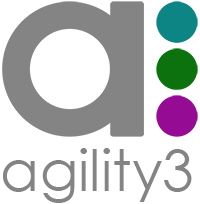We specialise in the development of interactive 3D applications that integrate with our clients’ simulation systems to provide a 3D visual representation of that simulation.
That visual could represent the driver’s view from the front of a train, the state of a complex facility, or simulate the CCTV view from a dangerous environment.




